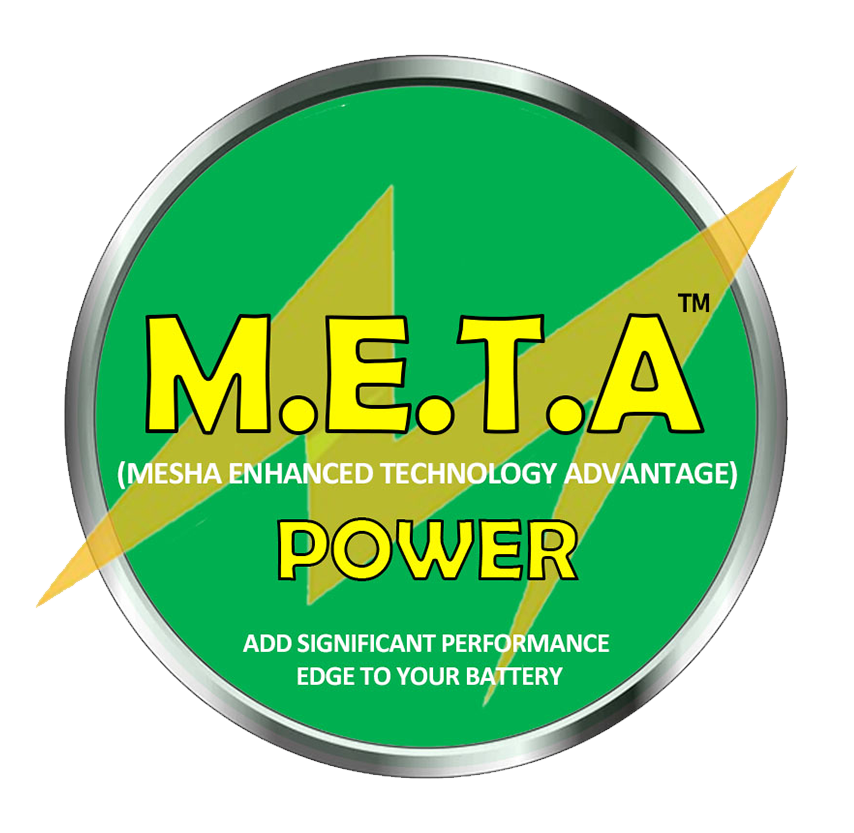What is META?
META (added to the negative active material) transforms any regular lead acid battery into a PowerBattery. META is based on High Surface area Activated Carbon (HSAC), binders and a small percentage of gas suppressant additives.
- Suppressants are added to prevent gas evolution during charging.
- Binding of the HSAC prevents shedding.
This type of bonded activated carbon is not found elsewhere which makes META technology unique.
META enables the battery to handle higher loads, higher charging currents and the life is extended.
What applications can a PowerBattery be used?
Any application where a regular battery is used. These include Electric Vehicle (EV), UPS, Automotive, Solar Microgrid.
Is META technology patented?
Two patents have been granted. One for power battery characteristics using META and the other for META production process. A third patent has been applied in India and the US. This patent is specific to special processing required for META with certain combination of binder and solvent.
How is META different from other types of carbon used in battery?
Many battery manufacturers use a small percentage of carbon. These are mainly conducting carbon and do not provide the characteristics that META provides. The surface area of these carbons is low, about 60. META’s surface area can go as high as 1100.
What is the shelf life of META?
META has indefinite shelf life.
Why is META used only with the negative active material for the lead acid battery?
Capacitance characteristics are not available in Negative electrodes. Addition of META provides capacitance characteristic which shields the other Active materials from sulfation and shedding. This enhances the battery performance and slows down battery deterioration.


